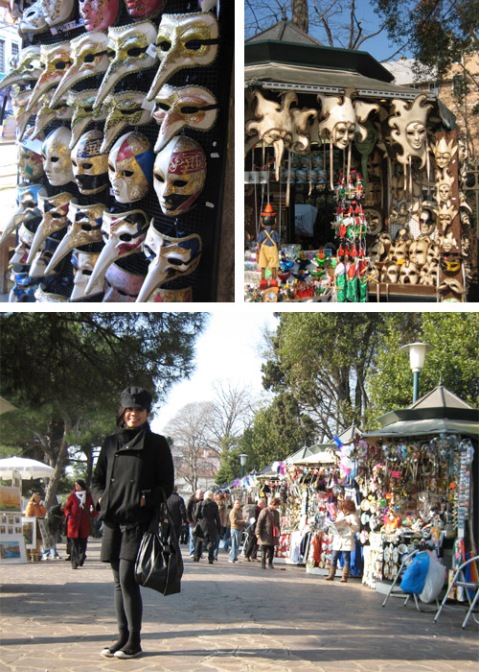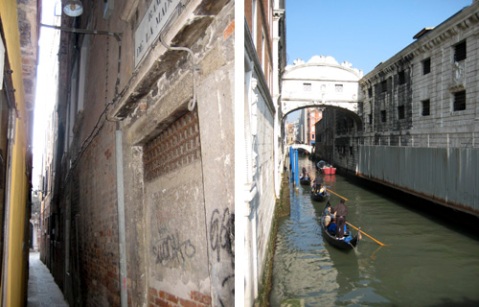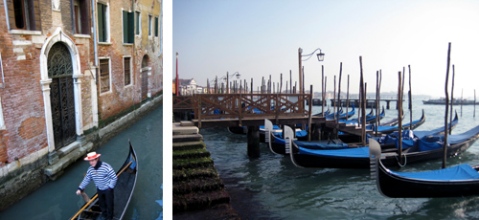vanishing venice
February 27, 2011 § Leave a comment
While crafting my bean-by-number venetian mask the other night and while masquerades transpire at the Carnival of Venice today, I wistfully went back in time to revisit my Venetian experience three Februaries ago, in 2008.
I had actually just missed the Carnival of Venice by a few days, though enough masks were on display throughout the small city, an outsider could easily assume the Carnival of Venice was at hand. But no matter the day, all throughout the year, you are greeted by these fantastic (albeit freaky) faces at most shops and stalls.
Venice is really such a small place, you can explore most of its splendor in a day or two. The dense labyrinth of streets, alleys, and canals all seem to lead to the Rialto Bridge and Grand Canal, where most people are headed.
St. Mark’s Square is one of few large open spaces on Venice’s plethora of islands. There you will find the three most notable architectural sites of the city: St. Mark’s Basilica, its bell tower (the Campanile), and the Doge’s Palace (Palazzo Ducale). I wasn’t thwarted by the long queue to climb up the Campanile and, after a patient wait, was rewarded with the best views of Venice and the Adriatic Sea.
The pink and white marble façade and the pink lamps of the Palazzo Ducale are sights to behold, but the wonderful surprise was a pink-haired street performer doing some tricks with the pigeons. Nearly every square foot of St. Mark’s Square is covered with pigeons.
Although there are open spaces like St. Mark’s Square and the Grand Canal, it is hard to overlook the very compact fabric of this city’s infrastructure. As romantic as Venice is, there is a haunting melancholy about this old, cramped city. It’s a bit of the forlorn. Most walls are peeling with age, and within a day’s stay, it is clear that the tourists outnumber the locals, many of whom are making an exodus out of the city.
What is considered as “streets” on maps are in fact alley ways, a lot of which are as narrow as three feet. The Bridge of Sighs (the bridge that led criminals from interrogation to imprisonment, with a last view of the world through tiny windows) is a reminder of that sense of lonely abandonment experienced by Venice.
By day, Venice is a bustling hub for tourists guided around town by gondoliers. But as the sun sets, there is a piercing silence descending into the city. By night, the streets are deserted and pitch black, the tourists are settled indoors, the shop keepers have left the islands, and it is as though the mask was lifted to reveal the city’s very desolate fate. And as we know it, the 117 islands that make up the city of Venice are all very sadly sinking into oblivion.








Leave a comment